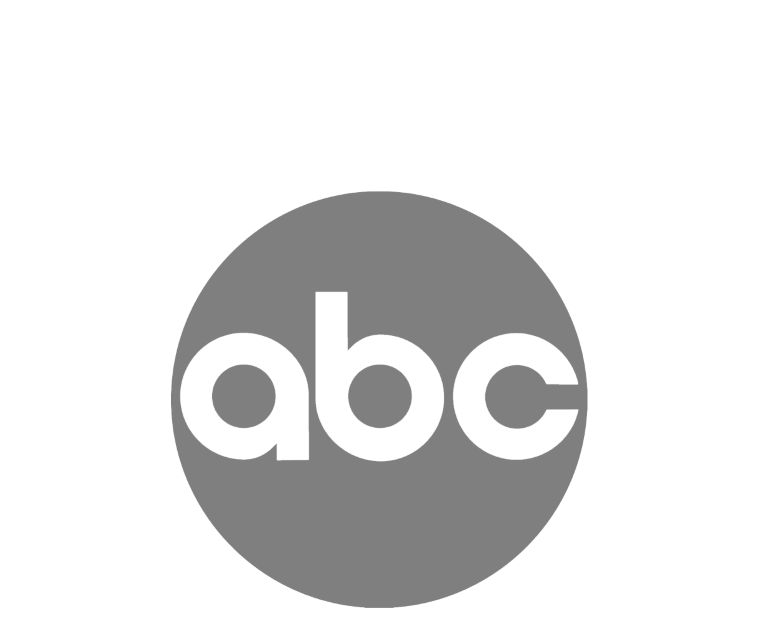SB Historic Preservation Commission lists Top 10 Most Endangered sites of 2025
SOUTH BEND, Ind. -- The official list of the top ten most endangered historic properties in South Bend was released today with Greene School, the Sibley Tool Buildings, and the South Bend State Bank grabbing the top three spots.
The Historic Preservation Commission of South Bend and St. Joseph County passed a resolution earlier this week naming its Top 10 Most Endangered Properties for 2025.
“The purpose of the Top Ten List is to bring awareness to properties that we are in danger of losing forever,” said Historic Preservation Administrator Ross Van Overberghe.
“By bringing these forgotten and overlooked buildings into the spotlight we have the best chance of rallying people to take action, invest in our history, and help save these buildings before they are gone.”
The Commissioners have selected properties they feel are most in danger of being lost if action is not taken.
The Top Ten Most Endangered Properties for 2025 include:
- 1. Greene School (24702 Roosevelt Road) was built in 1929 as the Greene Township School and is rated as Outstanding in the Indiana Historic Sites and Structures Inventory (IHSSI). The building is currently vacant.
- 2. The Sibley Tool Buildings (224-226-238 E Tutt Street) were built in stages between 1885 and 1915. These manufacturing buildings are suffering from crumbling masonry and a lack of consistent use.
- 3. South Bend State Bank (911 S Michigan Street) was built in 1923 and is rated as Outstanding in the IHSSI. This neoclassical building sits alone on the quarter block where neighboring structures have been demolished, leaving the building at risk for demolition.
- 4. Portage Manor (3016 Portage Road) was built in 1906 as the County Home and is listed on the National Register of Historic Places (NR-1453). Several of the rear buildings are deteriorating, and the future use of the vacant main building is unknown.
- 5. St. Andrew Greek Orthodox Church (760 S Michigan Street) was built in 1915 for the Grace Methodist Episcopal Congregation. It is rated Significant in the IHSSI and is exhibiting deferred maintenance, deteriorating cornice and masonry.
- 6. Platt/Wayne Place Building (235 S Michigan Street) was built in phases – the east portion was constructed in 1894, and the building was expanded and renovated in 1925. The building is rated as Notable in the IHSSI and is exhibiting crumbling masonry and vacancies on the upper floors.
- 7. Crumstown School (59340 Crumstown Highway) was built circa 1937 as Crumstown School and is rated as Outstanding in the IHSSI. The unique Moorish Revival structure is deteriorated, empty, and unused.
- 8. The rear of Marycrest/Singer Building (2011 W Western Avenue) was built in 1901 as a warehouse for Singer Sewing Machine Co. This portion of the building is vacant, with crumbling brick, failing concrete, and walls at risk of collapse.
- 9. West Side Recreation Club (1415 W Washington Street) was built circa 1912 as a dry goods store, but it is notable for its use as a recreation center and hub of South Bend’s Black community from 1929 to the 1980s. The building is vacant, with deteriorating masonry and roof.
- 10. The Western Avenue Corridor (1100 and 1200 blocks of Western Avenue) was developed primarily between 1900 and 1930. The Corridor contains many vacant or deteriorating historic commercial buildings which formed an economic hub. Buildings of note in the Western Avenue Corridor are 1110 Western Avenue, 1117 Western Avenue, 1124 Western Avenue, 1137 Western Avenue, 1138 Western Avenue, 1139 Western Avenue, 1140 Western Avenue, 1143 Western Avenue, 1201 Western Avenue, 1222 Western Avenue, and 1237 Western Avenue.
To learn more, visit the Historic Preservation Commission website.














